In a world where cities stand tall and civilizations thrive, there’s one silent hero that often goes unnoticed beneath our feet – aging pipes. These unsung conduits have faithfully transported the lifeblood of our communities for decades, providing clean water, efficient plumbing systems, and a sense of interconnectedness. But as time takes its toll, these underground warriors are facing a formidable enemy: decay.
Fear not, for there is hope on the horizon! In the quest to revive our aging pipes and ensure the seamless functioning of our water networks, innovative methods have emerged to breathe new life into these indispensable infrastructure arteries. Today, we embark on a journey through the realm of pipe resurrection, unearthing three ultimate methods that hold the promise of revitalizing our aging pipelines. From advanced rehabilitation techniques to cutting-edge restorative technologies, we will explore the untapped possibilities that lay within our very pipes. So, grab your hard hat, roll up your sleeves, and let’s delve into the remarkable world of pipe revival!
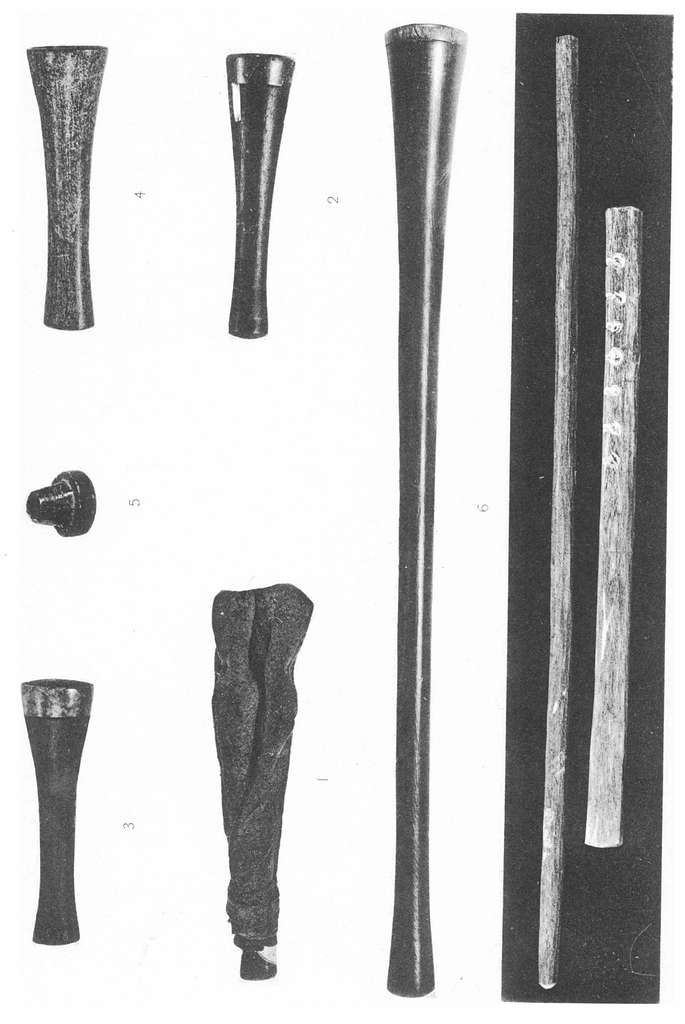
Introduction: The Challenges of Aging Pipes and the Need for Revival
Aging pipes pose a significant challenge in various industries, including water supply, sewage, and gas distribution. As time goes by, these pipes experience wear and tear, resulting in leakage, reduced flow capacity, and even complete failure. This disrupts the operation of these vital systems and leads to substantial financial loss and potential environmental hazards.
To address the pressing need for pipe revival, researchers have developed three ultimate methods that promise to revolutionize the way we deal with aging infrastructure. These methods include trenchless pipe rehabilitation, pipe relining, and pipe bursting. Each method offers unique advantages and is tailored to specific pipe materials and conditions. Trenchless pipe rehabilitation allows for repairs without the need for extensive excavation, thereby minimizing disruption to surrounding areas. Pipe relining, on the other hand, involves the insertion of a new lining into the existing pipe, effectively restoring its functionality. Lastly, pipe bursting involves the creation of a new pipe by fracturing the old one, making it an efficient and cost-effective solution for total replacements.
With the increasing demand for sustainable infrastructure and the urgent need to address aging pipes, discovering these three ultimate methods presents a promising path toward reviving our deteriorating pipeline networks. By employing these innovative techniques, industries can not only extend the lifespan of their pipes but also minimize downtime, reduce costs, and ensure the reliable delivery of essential services. Stakeholders must embrace these game-changing solutions and invest in the future of our infrastructure to meet the challenges of aging pipes head-on.
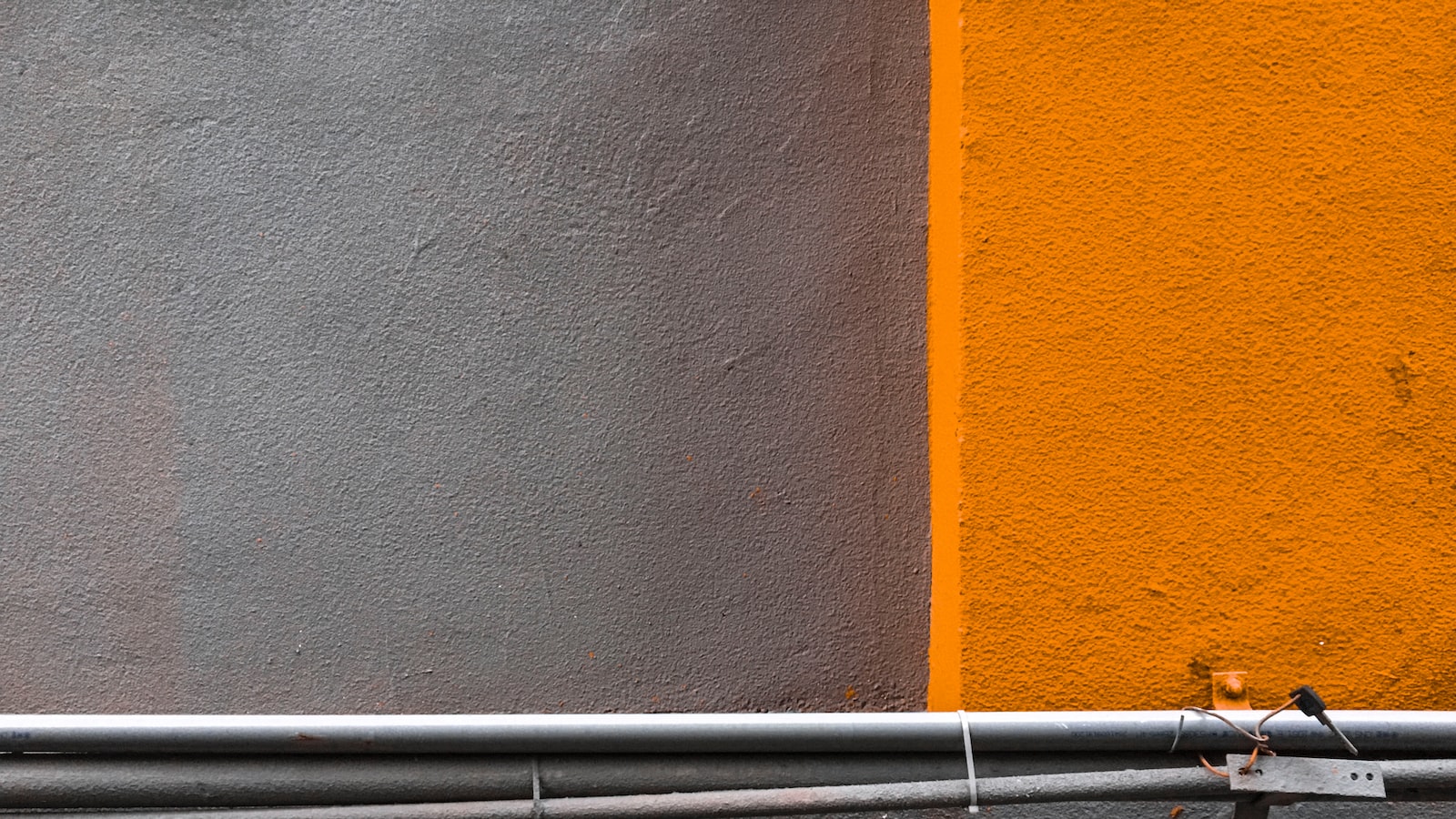
Method 1: Pipe Lining – A Cost-Effective Solution with Lasting Results
Pipe lining is a revolutionary method that has emerged as a cost-effective solution to revive aging pipes. It is one of the ultimate methods that has gained popularity in the plumbing industry due to its long-lasting results. By avoiding the need for costly and time-consuming pipe replacement, pipe lining offers a practical and efficient way to restore the functionality of deteriorating pipes.
Using advanced technology, pipe lining involves the installation of a seamless and durable lining inside the existing pipes. This process eliminates the need for extensive excavation, minimizing disruption to your property. The lining, typically made of epoxy, forms a protective layer inside the pipe, effectively sealing cracks, leaks, and other forms of damage. This creates a structurally sound pipe within a pipe, enhancing its strength and performance.
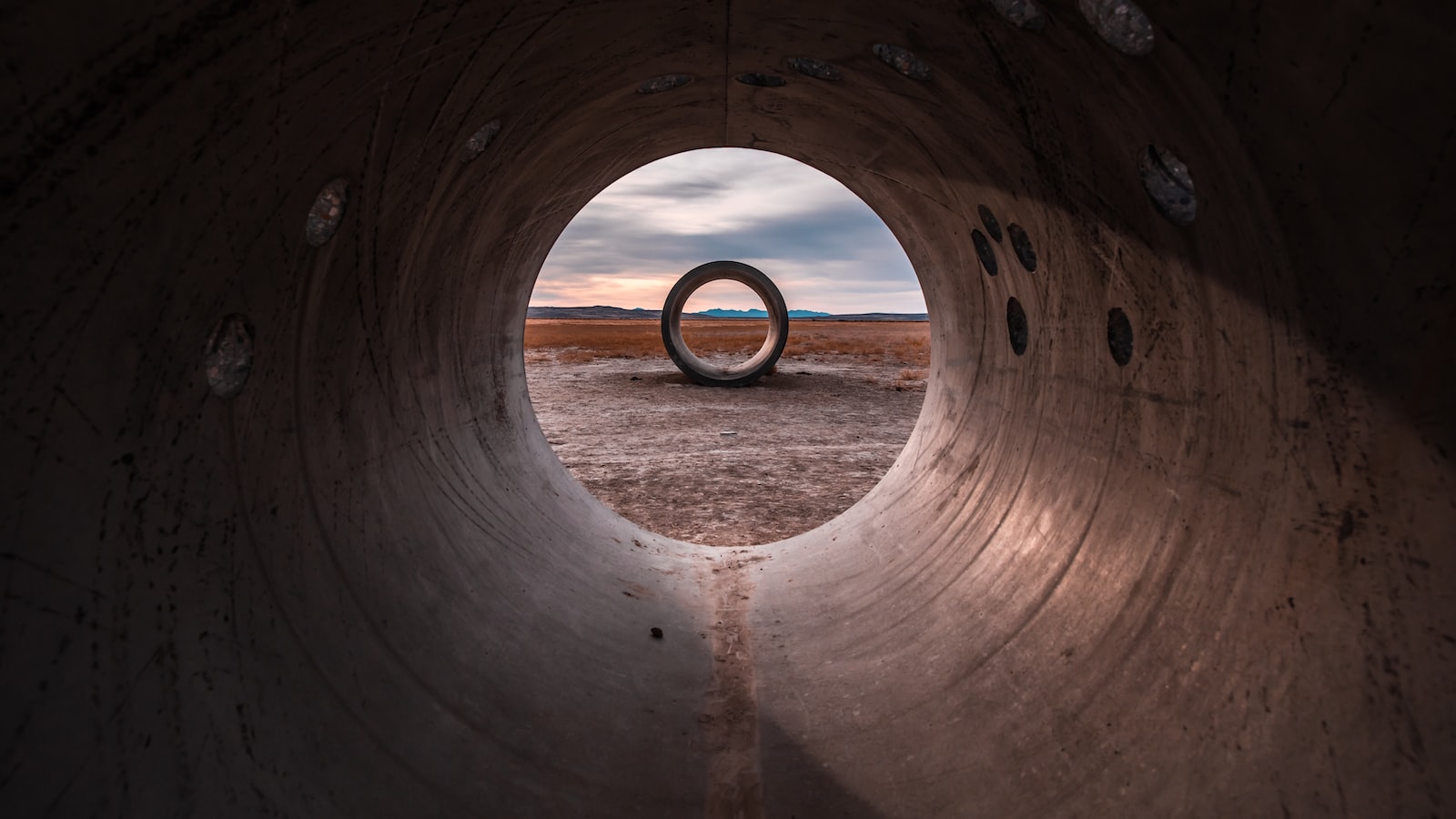
Method 2: Pipe Bursting - The Trenchless Technique for Efficient Pipe Replacement
If you’re facing the daunting task of replacing aging pipes, Method 2, also known as Pipe Bursting, could be the ideal solution for you. This innovative trenchless technique offers a cost-effective and efficient way to replace old pipes without the need for extensive excavation.
So how does Pipe Bursting work? Instead of digging a trench to expose the existing pipe, a powerful bursting tool is inserted into one end of the pipe. As the tool progresses along the pipeline, it shatters the old pipe into small pieces and simultaneously pulls a new, seamless pipe into place. This method is particularly effective for pipes made of brittle materials such as clay, concrete, or cast iron, as the bursting process eliminates the need for digging and minimizes the risk of damaging the surrounding infrastructure.
Advantages of Pipe Bursting:
- Trenchless: By utilizing this technique, you can avoid the disruption caused by extensive excavation, reducing the impact on roads, landscaping, and other existing structures.
- Faster Installation: Pipe Bursting allows for faster pipe replacement compared to traditional methods. The advanced bursting tool can quickly and efficiently remove the old pipe while simultaneously inserting the new pipeline, minimizing downtime and inconvenience.
- Improved Durability: The new pipe used in the process is typically made from high-density polyethylene (HDPE) or another robust material, ensuring enhanced durability and longevity. This means less maintenance and fewer future headaches for property owners.
| Pros | Cons |
|---|---|
| Minimal disruption to the surrounding area | Not suitable for all pipe materials |
| Faster installation compared to traditional methods | Higher upfront cost |
| New pipe is more durable and long-lasting | Requires skilled professionals to operate the equipment |
When it comes to replacing aging pipes, Pipe Bursting could be the ultimate solution you’ve been searching for. Its trenchless nature, faster installation, and improved durability make it an attractive option for both residential and commercial properties. However, it’s important to consider the compatibility of pipe materials and engage skilled professionals to ensure a successful and seamless replacement process.

Method 3: Cured-in-Place Pipe (CIPP) – Reinventing and Strengthening Aging Pipes
Reviving Aging Pipes: Discovering the 3 Ultimate Methods
When it comes to reviving aging pipes, the Cured-in-Place Pipe (CIPP) method takes the spotlight by providing a revolutionary solution. This innovative technique involves the insertion of a flexible liner into the existing pipe, which is then coated with a special resin. The resin is cured, forming a strong, seamless pipe-within-a-pipe that is highly resistant to corrosion, leaks, and root intrusions. CIPP not only rejuvenates aging pipes but also reinforces them, extending their lifespan for years to come.
One of the key advantages of the CIPP method is its versatility. It can be used in a wide range of pipe materials, including cast iron, clay, concrete, and PVC. This adaptability makes it a go-to choice for revitalizing aging sewer and drain lines in various residential, commercial, and municipal settings. Additionally, the CIPP method requires minimal excavation or disruption to the surrounding infrastructure, resulting in cost savings and reduced downtime during the repair process. With its proven effectiveness and efficiency, CIPP is undoubtedly a game-changer in the world of pipe rehabilitation.
As we tread deeper into the realms of modernity, it is imperative that we do not forget the lifelines that have carried us through time - the aging pipes that silently keep our societies flowing. While the blemishes of time may have left their mark, fear not, for the revival of these vital conduits is not merely a distant dream, but a reality within our grasp.
With a plethora of methods available, we have embarked upon an exploration to discover the ultimate techniques that breathe new life into these aging pipes. Each approach embraces the challenges of reviving these silent heroes from a different perspective, offering a beacon of hope to our infrastructure.
The first method, like an artisan sculptor, carves a path towards restoration. Through the meticulous process of pipe lining, this approach tenderly embraces the aged tapestry that time has woven around the pipes. Using advanced resin materials and cutting-edge technology, it delicately fuses a second skin onto the interior, creating a seamless passage for our essential resources. Witnessing this magical transformation reminds us of the enduring nature of our infrastructural marvels.
In our exploration, we discover the second method, likened to a sorcerer’s potion that breathes new life into the veins of our metallic arteries. This method, called pipe bursting, harnesses the forces of mighty machinery to burst open a passage through the aged pipes, clearing the way for a rebirth. From the ashes of debris emerges a conduit reborn, a conduit more durable and efficient, eagerly awaiting its renewed purpose. It is in these moments that we witness the true marvels of engineering.
Our last method, akin to an artistic alchemist, unlocks the hidden secrets contained within the aging pipes. Known as pipe reaming, this technique delicately removes the layers of deposits that have accumulated over time, peeling back the layers to reveal the latent potential within. With surgical precision, it breathes life into the once-constricted passages, leaving behind a renewed symphony of flow, where turbulence once stifled the melody.
As we bid adieu to our exploration through the realms of reviving aging pipes, let us marvel at the ingenuity, the imagination, and the resilience of human creativity. The methods we have uncovered serve as testament to the unwavering spirit that propels us forward – the spirit that refuses to let time dictate the fate of our aging infrastructure.
In a world where progress too often pushes us to discard the past, let us cherish the lessons the past has to offer. Embracing the ultimate methods of revival, we weave together the tapestry of old and new, honoring the age-old pipes that silently carry the lifeblood of our communities. For it is within their walls that the stories of generations past reside, and it is through their revival that we ensure a prosperous future for all.
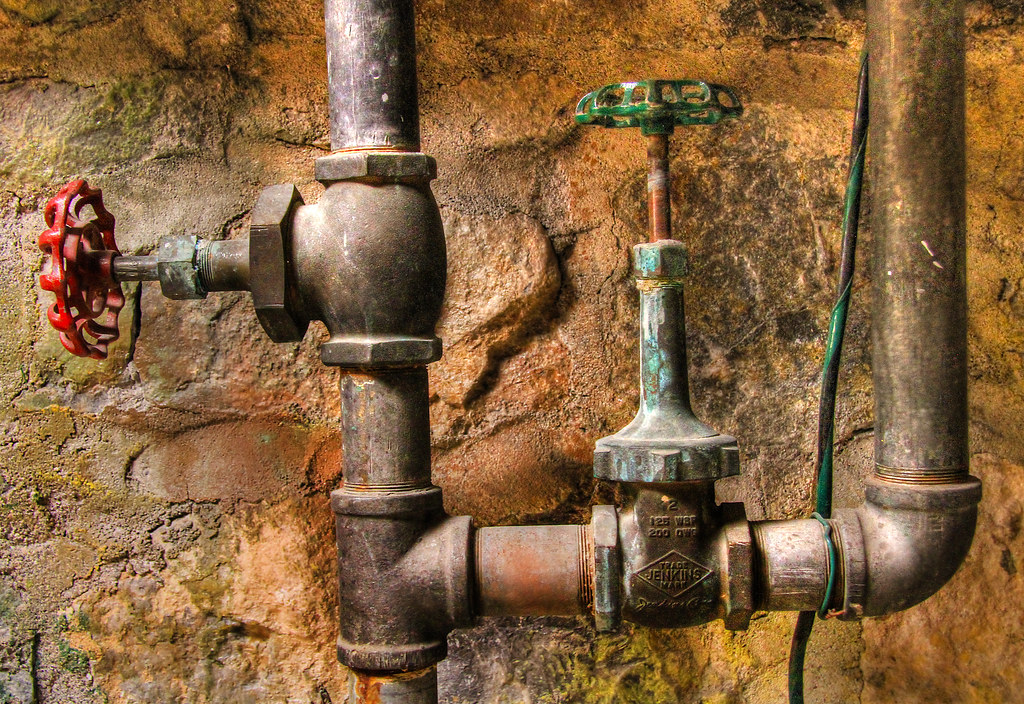

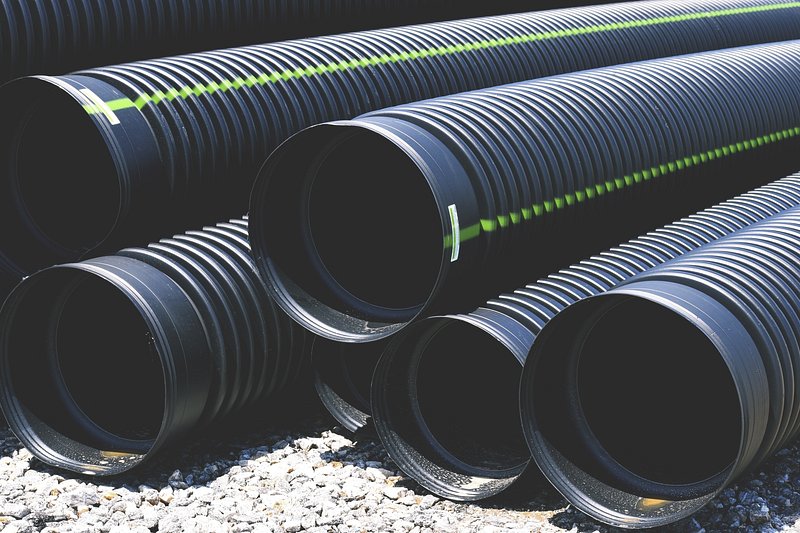
2 comments